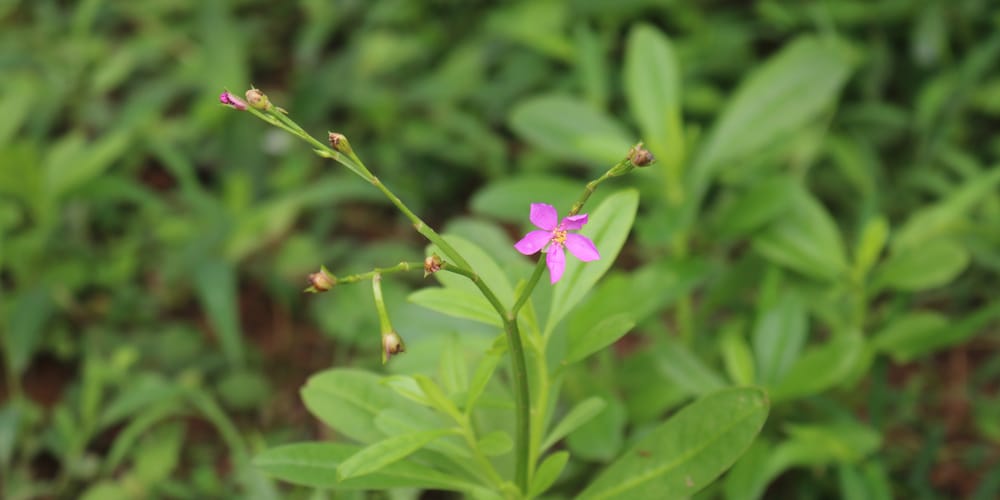Spinach is a healthy and fast-growing leafy vegetable that makes for an excellent addition to any garden. Not only is it a versatile ingredient in the kitchen (you can eat it raw in salads or stir fry it, or even add it to your green smoothies), but it is also tolerant to low temperatures and relatively easy to grow. Depending on where you live, you can plant spinach in the early spring, fall, and even winter.
But what does spinach plant flowering mean? And what can you do to stop it or revert this sort of behavior? If you want to find out the answers to these questions, keep reading. We put together everything we think you must know about spinach bolting and what to do about it in this essential guide.
Why Does Spinach Bolt?

Spinach plants are cool-season crops that respond to warm temperatures by forming flowers. They, in turn, can make the leaves taste bitter. Sometimes, your crop might develop such a strong taste that you might refrain from eating it. The cause of it is the process of bolting.
Spinach plants go through a period of fast growth before bolting. As a result, the plant’s leaves change shape and go from an oval form to an arrow shape. Plants that undergo bolting become taller and produce more leaves. While that might sound good news, it’s not: your harvest will be bitter and not tasty.
As the plant keeps growing, you may notice some clusters of flower blooms. They might look pretty, especially when you have a clump of spinach plants. However, they are not a good sign.
In general, when a spinach plant starts bolting, it’s a message that informs you your plant’s life cycle is over. However, there might also be other causes for this behavior. A spinach plant may bolt for stress resulting from too little water, too high temperatures, or too much sun.
Spinach Plant Flowering
As soon as spring days become longer, you may notice your spinach plant starting to produce flowers. Since that signals that your plant is near to ending its life process, you may consider gathering its seeds (and planting them) to ensure a new crop next year. Of course, there is no guarantee that the seeds you save from your plants will give you another spinach next year, but it is worth trying it. After all, you won’t lose anything from it.
Let the seed heads on the plant until they become dry and brown. Gather them on a sunny day and shake them into an envelope. Don’t forget to seal it and store it in a cool and dry location until it’s time to plant them again. Doing so will increase your chances of successfully getting healthy spinach plants from your seeds.
To slow down bolting, you may pinch off the flower buds. However, we recommend you not to lose time doing this as it is more often than not a lost battle. Instead, plant a new spinach crop after the warm season ends.
Prevent Bolting
The key to preventing bolting lies in when you plant your spinach. Depending on where you leave, you should put it on the ground as soon as possible in the spring or late summer. If you live in a cold area, wait until the frost goes away in the spring before planting.
If you manage to plant it before spring and summer, your plants will have enough time to mature, which will allow you to harvest them and enjoy them the following season. Also, remember to ensure your spinach plants get more water during hot and dry days of summer to prevent them from bolting.
If you notice some signs of bolting, you may also consider pulling your spinach from the garden and replacing it with something more suitable for the hot months. Cut your spinach plant at the base and do not take it out from the roots to avoid disturbing other plants. You can compost the plant to provide nutrients for your garden in the form of organic matter.
Spinach Plant Flowering?: Conclusion
Unfortunately, you won’t be able to stop spinach from bolting in the summer. Instead, choose a variety resistant to warmer temperatures to prevent that from happening.
You May Also Like: Sweet Potato Companion Plants
